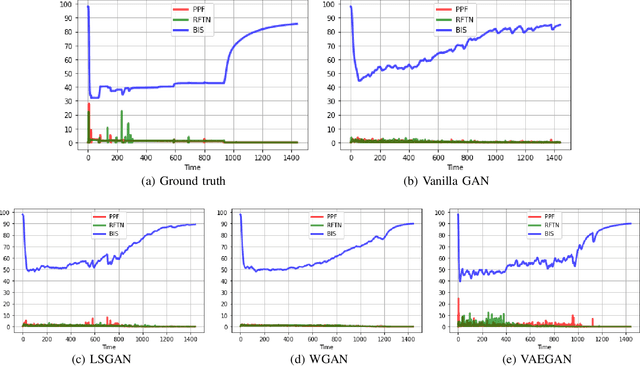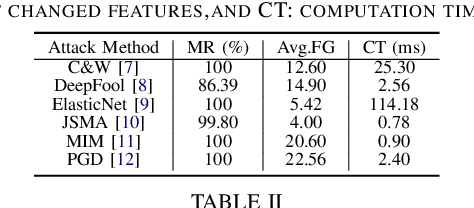Jeman Park
Q-HyViT: Post-Training Quantization for Hybrid Vision Transformer with Bridge Block Reconstruction
Mar 22, 2023



Abstract:Recently, vision transformers (ViT) have replaced convolutional neural network models in numerous tasks, including classification, detection, and segmentation. However, the high computational requirements of ViTs hinder their widespread implementation. To address this issue, researchers have proposed efficient hybrid transformer architectures that combine convolutional and transformer layers and optimize attention computation for linear complexity. Additionally, post-training quantization has been proposed as a means of mitigating computational demands. Combining quantization techniques and efficient hybrid transformer structures is crucial to maximize the acceleration of vision transformers on mobile devices. However, no prior investigation has applied quantization to efficient hybrid transformers. In this paper, at first, we discover that the straightforward manner to apply the existing PTQ methods for ViT to efficient hybrid transformers results in a drastic accuracy drop due to the following challenges: (i) highly dynamic ranges, (ii) zero-point overflow, (iii) diverse normalization, and (iv) limited model parameters (<5M). To overcome these challenges, we propose a new post-training quantization method, which is the first to quantize efficient hybrid vision transformers (MobileViTv1 and MobileViTv2) with a significant margin (an average improvement of 7.75%) compared to existing PTQ methods (EasyQuant, FQ-ViT, and PTQ4ViT). We plan to release our code at https://github.com/Q-HyViT.
On the Performance of Generative Adversarial Network (GAN) Variants: A Clinical Data Study
Sep 21, 2020
Abstract:Generative Adversarial Network (GAN) is a useful type of Neural Networks in various types of applications including generative models and feature extraction. Various types of GANs are being researched with different insights, resulting in a diverse family of GANs with a better performance in each generation. This review focuses on various GANs categorized by their common traits.
Examining Adversarial Learning against Graph-based IoT Malware Detection Systems
Feb 15, 2019


Abstract:The main goal of this study is to investigate the robustness of graph-based Deep Learning (DL) models used for Internet of Things (IoT) malware classification against Adversarial Learning (AL). We designed two approaches to craft adversarial IoT software, including Off-the-Shelf Adversarial Attack (OSAA) methods, using six different AL attack approaches, and Graph Embedding and Augmentation (GEA). The GEA approach aims to preserve the functionality and practicality of the generated adversarial sample through a careful embedding of a benign sample to a malicious one. Our evaluations demonstrate that OSAAs are able to achieve a misclassification rate (MR) of 100%. Moreover, we observed that the GEA approach is able to misclassify all IoT malware samples as benign.
 Add to Chrome
Add to Chrome Add to Firefox
Add to Firefox Add to Edge
Add to Edge